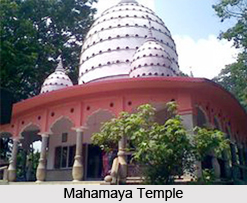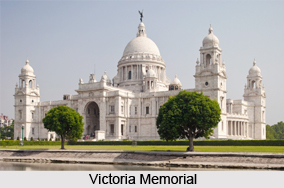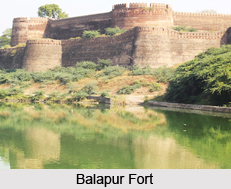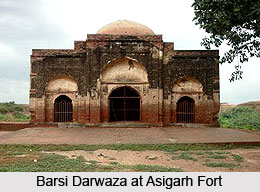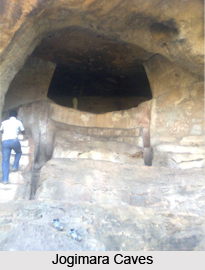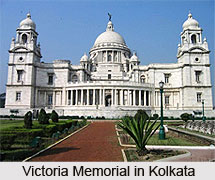 World Heritage sites in British Age deals with the monuments and the sites that were built during the time of British rule. British East India Company and the British Government in India built and renovated the heritage buildings of India. Some of them are Mysore Palace, and the royal palaces of Nizams.
World Heritage sites in British Age deals with the monuments and the sites that were built during the time of British rule. British East India Company and the British Government in India built and renovated the heritage buildings of India. Some of them are Mysore Palace, and the royal palaces of Nizams.
World Heritage sites are declared by the UNESCO in1972, the General Conference of UNESCO adopted a resolution with overwhelming enthusiasm creating thereby a `Convention concerning the protection of the World Cultural and Natural Heritage`. Receiving a special attention from UNESCO they are maintained properly for their cultural, traditional and environmental values. India boasts of being a land with numerous monuments, temples and national parks. Hence there are several places throughout the sub-continent which are included in the list of World Heritage sites in India which comprise both cultural and natural properties and are scattered in East, West, North and South regions of India. Some of the World Heritage monuments of India built during the British era are:
Victoria Memorial
Victoria Memorial Hall inaugurated in 1921 serves as a museum, commemorating the distinguished, epoch-making personalities and landmark events of Indian history. The history of the Victoria Memorial Hall, Kolkata, is traceable to the days of the British Colonial Empire in India. In fact the association of the regal name of Queen Victoria with the Memorial hall reinforces the truth.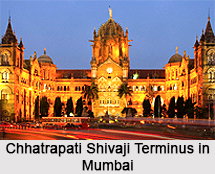
Mysore Palace
Mysore Palace, once the residence of the Maharajas of Mysore is one of the largest palaces of its kind in India and one of the most splendid. The Mysore Palace dominates the skyline of Mysore and it has beautifully designed square towers at cardinal points, covered with domes. It is a three-storied structure, built in Indo-Saracenic style with domes, turrets, arches and colonnades; the palace is a treasure house of exquisite carvings and works of art from all over the world. The tastefully decorated and intricately carved doors open into luxuriously decorated rooms. Henry Irwin, the British consultant architect of Madras state, designed it. The palace was originally built of wood, which got burnt down in 1897 AD and was rebuilt in 1912 AD, by the twenty-fourth Wodeyar Raja.
Chhatrapati Shivaji Terminus
This monument was formerly known as Victoria Terminus in Mumbai, Maharashtra and it is a fine example of Victorian Gothic Revival architecture in India. This famous terminal also displays the beauty of late 19th century railway architecture in the British Commonwealth characterized by its advanced structural and technical solutions. It is a magnificent monument full of spectacular sculptures and arcades. This monument is the westernmost end point of the Central Railways of India. It is also the southern end point of the central and harbour lines of Mumbai`s metropolitan rail transport system.
However, this beautiful, awe-inspiring building looks more like a palace than a railway station! It is because its remarkable stone dome, turrets, pointed arches, and eccentric ground plan is close to traditional Indian palace architecture. At the highest point of the building, on the dome, stands the inspirational statue of Progress. Though it was constructed 34 years after the first train left this station, the work completed on this building only by 1887.
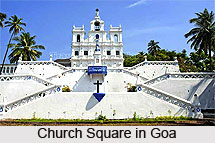 Churches and Convents of Goa
Churches and Convents of Goa
Goa has some world famous churches and convents and the most comprehensive group of churches and cathedrals built during 16th and 17th century AD at Old Goa and are a legacy of the Portuguese. The famous churches of old Goa comprises of Se` Cathedral, Church and Convent of St. Francis of Assisi, Chapel of St. Catherine, Basilica of Bom Jesus, and Church of Lady of Rosary, the Church of St Augustine and the Church of St. Cajetan. These monuments were influential in spreading forms of Manueline, Mannerist and Baroque art in all the countries of Asia where missions were established.
